This comes from a poll of New York but there’s no reason to think other states wouldn’t show a similar gap.
How do we explain this result? Is it as simple as parents getting to see firsthand how kids struggle with masking while non-parents remain blissfully unaware?
That’s a major part of it, I think. But not quite all of it.

Households without kids support keeping the school mask mandate in place for another few weeks by a margin of almost two to one. Whereas a majority of households with kids think the mandate should end after February recess or should have been ditched already. Huh.
What’s the difference between the two, besides personal experience with school mask rules? An obvious one: Age. Not all households without kids consist of childless liberals, after all. Many are inhabited by empty-nesters, people in their 50s or older whose children have already left home for college or are on their own. And as all the world knows at this point, the older you are, the more you have to fear from COVID. Go figure that a cohort that includes lots of senior citizens would want their community taking maximum precautions to limit transmission.
But there’s probably a “childless liberals” component to this too. Democrats aged 18-55 are in fact more likely to be childless than Republicans are. Republicans also tend to have more children than Democrats do, which presumably means Dems become empty-nesters earlier on average. To some degree, then, the with kids/without kids divergence in the poll is just a proxy for Republican/Democrat views on precautions. Righties have typically opposed COVID mandates, especially mandates requiring kids to mask, while lefties have followed a “safety first” approach in all aspects.
Nate Silver points to this data published last month as a reminder that partisanship tends to drive opinion on COVID restrictions more so than, say, one’s personal risk of dying does:
I don’t know but some data suggests younger people are actually *more* COVID-cautious because they’re more likely to be liberal Democrats. *Overwhelmingly* the best predictor of COVID caution is political partisanship and everything else is probably mostly noise. pic.twitter.com/Ofx7qeh7v7
— Nate Silver (@NateSilver538) February 23, 2022
Rationally, younger adults should be the group with the smallest share that’s “very worried” about catching COVID while older adults should have the largest share. But young Americans skew liberal while older Americans skew conservative and, apparently, that influences their view of mandates more than their own risk profile does. Maybe in New York older people lean a bit more pro-mandate than they do nationally due to the state’s heavy Democratic tilt, which would explain why empty-nesters there support continued school masking.
Silver also flags these national numbers from Gallup published last August as evidence that, for whatever reason, parents have typically been more relaxed about COVID than the general population:

Presumably those results were driven by dynamics like the ones I described up top. Parents lean Republican relative to the general population, making them less risk-averse towards COVID. And parents may be more fatalistic about catching the disease than adults without kids are. If you have a child in school, chances are high that they’ll bring the virus home eventually no matter what precautions you take. If you believe resistance to infection is futile, logically you’ll be less likely to resist. Adults without children may not feel the same degree of futility.
I’m also tempted to speculate that parents are more likely to have read up on the risks of COVID to kids and to have discovered that the virus presents only the tiniest risk to them, which would logically lead them to look more skeptically at COVID restrictions in schools. But Emily Oster challenged that assumption in a piece a few days ago titled, “Kids-Last COVID Policy Makes No Sense.” If anything, Oster suggests, parents are less likely to trust that their kids have little to fear from the virus:
As mask-optional policies gain currency, I receive more and more anguished messages from parents about how to keep their kids safe in this new environment. This fear is a result, at least in part, of alarmist messaging. The CDC and the American Academy of Pediatrics have chosen to emphasize risks to children in a way that is at odds with the choices made by their European counterparts. We could debate whether this was the right choice, but the result is a fear of removing pandemic restrictions for children, even among adults who are not worried about their own health.
Based on the science, the kids-last approach makes no sense. Kids should face fewer restrictions than their parents, not more. But after two years of telling parents to be afraid for their children, policy makers can’t simply turn around and tell them that kids are low risk and everything’s fine. Policy makers need to carefully and patiently explain why and when the masks will come off and the quarantine rules will end, while making clear that parents can still choose additional precautions no matter what local governments mandate. One way or another—and sooner rather than later—we need to let children return to normalcy.
How does that square with the polling data above showing that parents are more willing to ditch restrictions than the average American? I … don’t know. All I can think is that Oster’s audience consists overwhelmingly of well educated liberal parents, exactly the type who are most likely to overestimate the risks from COVID. If we took a representative sample of parents nationally, with many more Republicans and non-college grads mixed in, we’d find less anxiety about the virus than we do across the entire population.
I’ll leave you with this, a reminder that we should be skeptical of polling on this issue. I’m reasonably sure that, uh, 72 percent of Floridians don’t support mask mandates. In fact, as of today, we’re down to just one U.S. state with an indoor mask mandate for adults still in place. Take a bow, Hawaii.
This is a good example of how polling can mislead rather than inform. If you are someone who thinks it’s plausible that 71 percent of Texans would approve of a mask mandate of any kind, you’re inviting self-delusion into your life. https://t.co/EOYw9C1gCS
— Berny Belvedere (@bernybelvedere) February 23, 2022
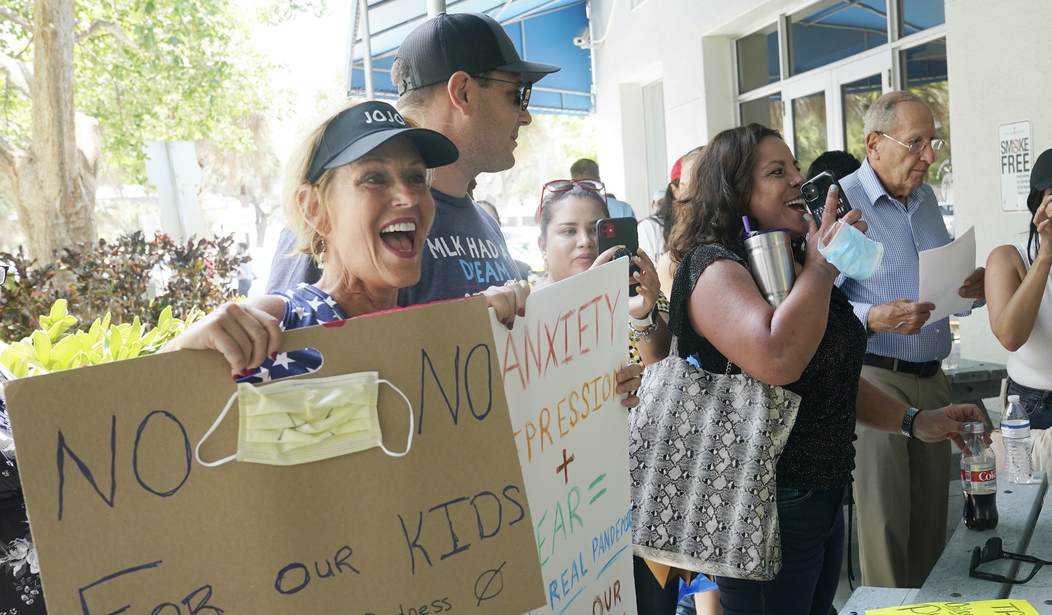

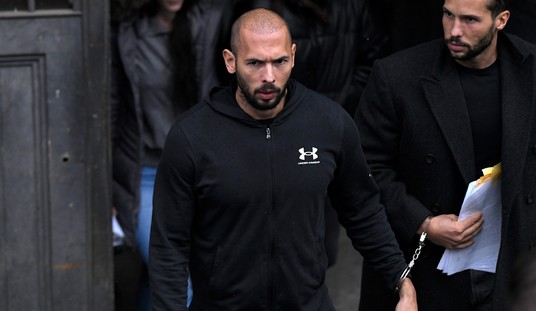

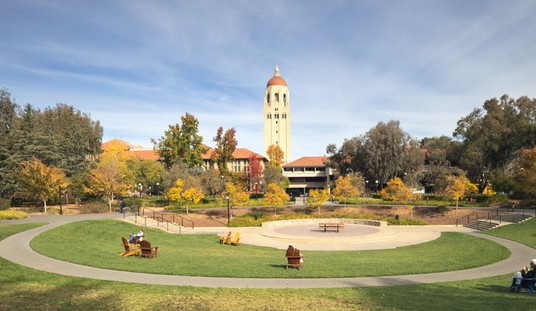

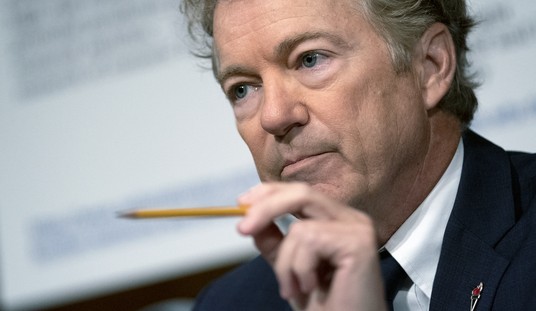
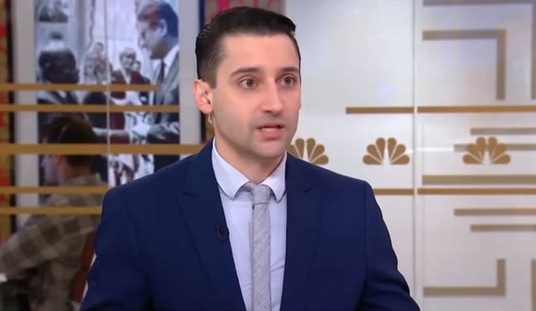
Join the conversation as a VIP Member